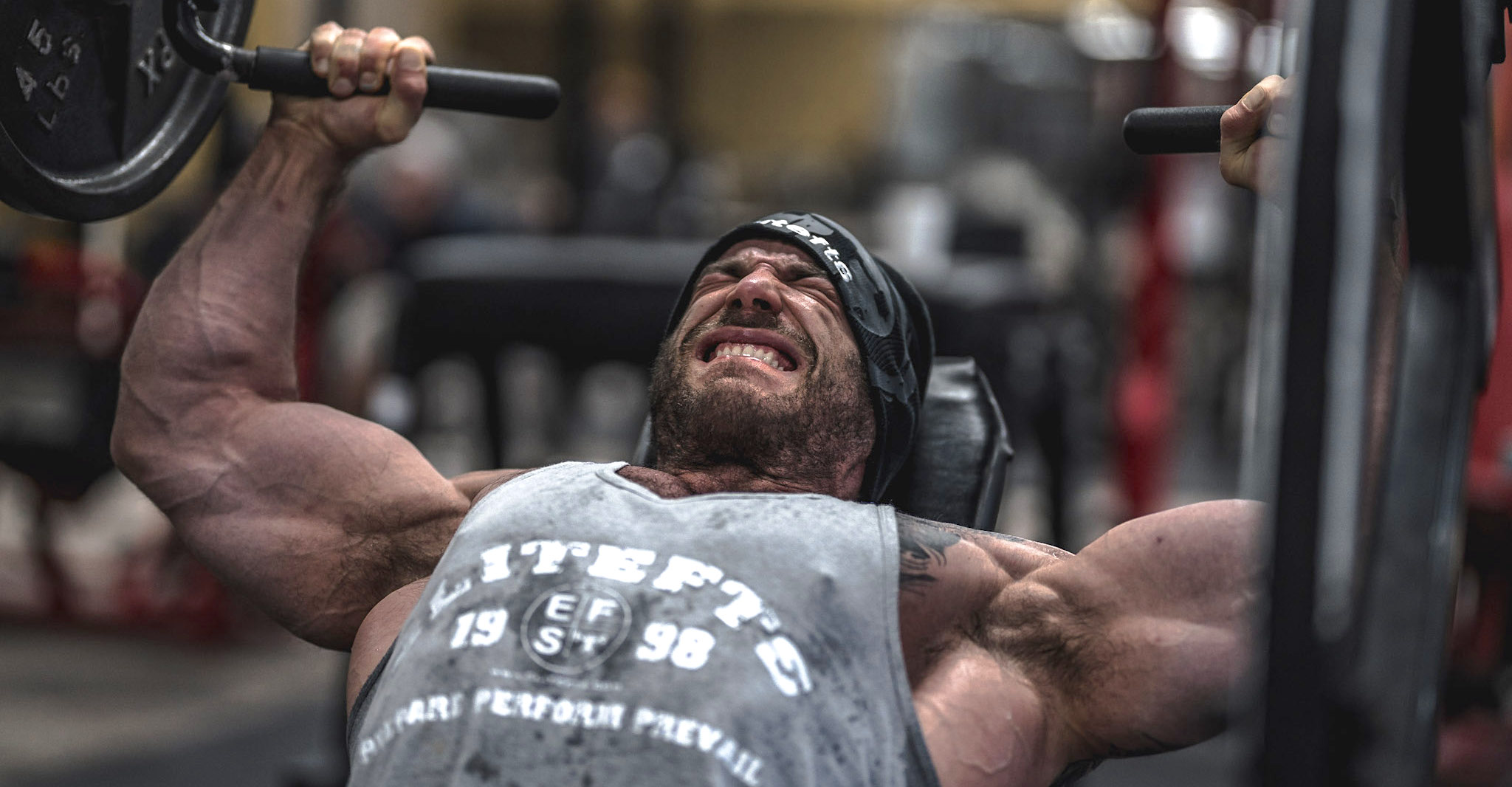
I’ve explained before why your meet prep sucks — it’s because meet prep is really fucking stressful, and if you’re not accounting for that stress, you’re gonna have a bad time. In that first article, I suggested you try changing your perspective on prep, along with some mental training strategies to get your mind right.
But sometimes — maybe most of the time — that isn’t enough. There’s a good chance that besides needing to find the right headspace for meet prep, you need to find a program that works for you, too. Now, what that looks like will be different for everyone, but I think most, if not all, good meet prep programs share a few characteristics:
- They’re flexible. Powerlifting programs are always blocked out — six, 10, 12 weeks, whatever — but people’s lives aren’t. What happens if you come down with the flu in the middle of your prep? What if you have to make an emergency trip to take care of work or family obligations? What happens when life happens? A good program will be flexible enough to help you account for these types of inevitabilities. How that flexibility is implemented doesn’t really matter, but having the flexibility is vital.
- They’re balanced. Stress isn’t just mental — it’s physical, as well. And while I usually try to emphasize the mental side of the equation (because that’s more often overlooked), the physical side is equally important. If your meet prep consists of nothing but grinding on max or even near-max sets for the duration, you’re going to crash and burn out. Not only is that not healthy or sustainable, it’s just not necessary. Balancing your heavy work with light training sessions is a more steady, productive, and rewarding way to train even into the last few weeks of an intense prep.
- They account for technical limits as well as mental ones. This is probably the trickiest one to implement, but it’s important. How often have you been cruising through a program, with no sign of trouble, when suddenly, you come to a set that you fail — and fail badly. Of course, that might just be a bad day. But it also might be a sign of technical limitations. Most lifters have some point — a certain percentage of their one-rep max, or a certain level of effort — where their form starts to break down. That’s when you start missing lifts or even getting injured. A good peaking plan will help you to gradually work up to that point, allowing you to push your limits farther without failure.
I know those are pretty general recommendations, so if you need help, be sure to watch the YouTube video, and click through to find my own world-record peaking program. Check it out!








